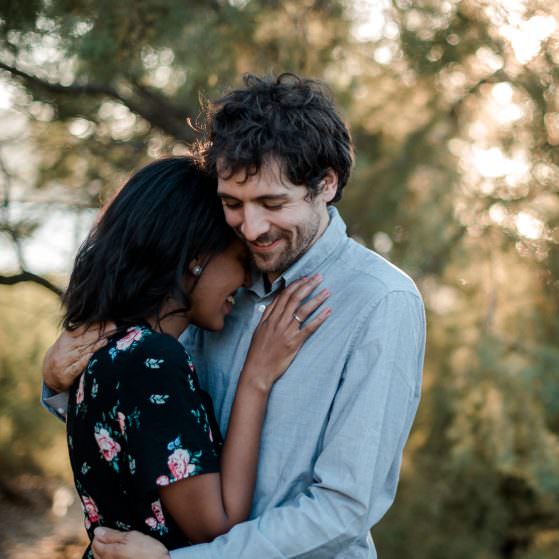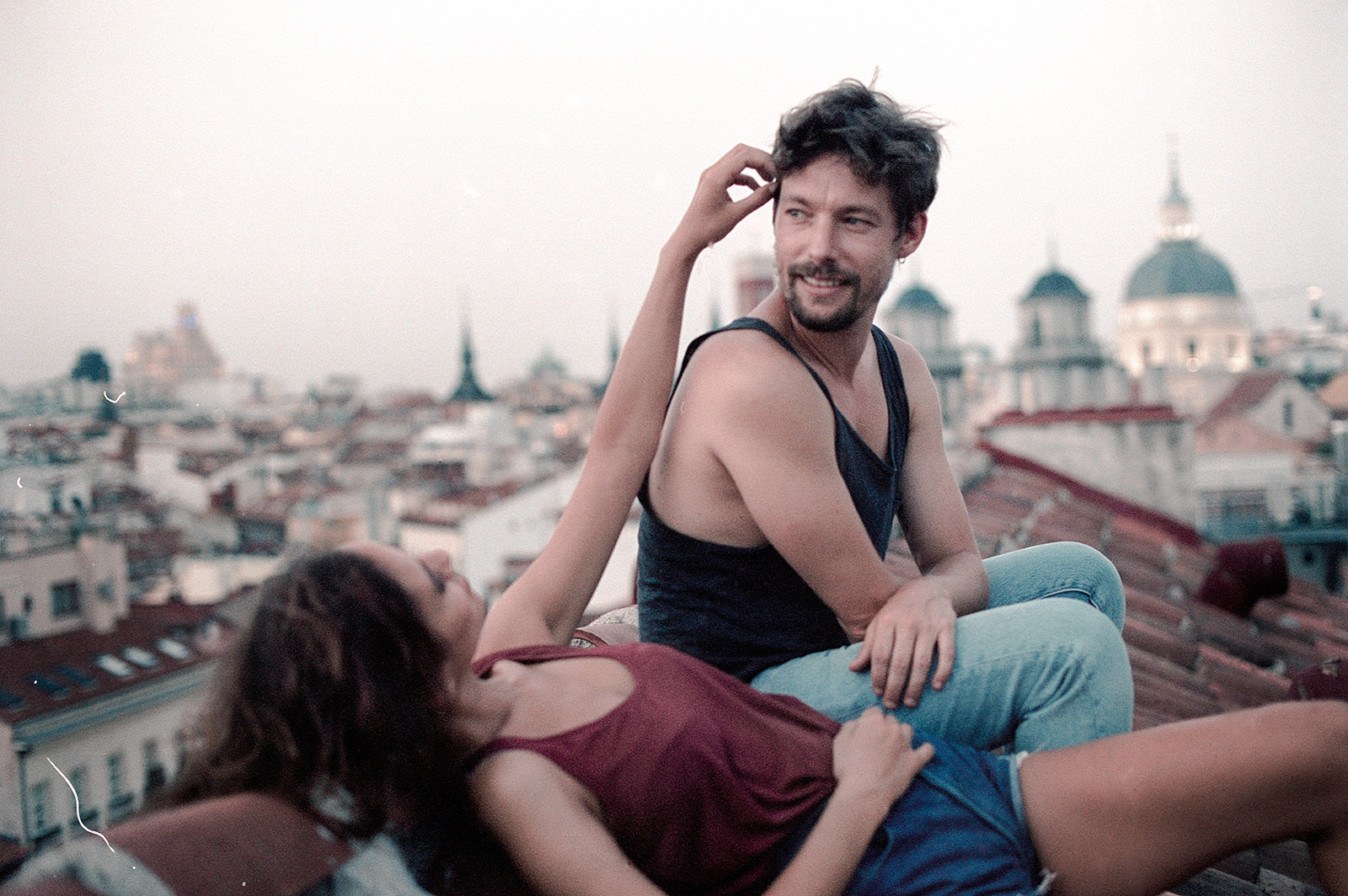Working as a second shooter is an amazing way to get your foot in the door as a full-time wedding photographer. When you are first starting out, it is important to gain experience in photographing full-day weddings as well as building your confidence to make sure that you can handle different scenarios that may come up on a wedding day.
In this position, you are able to earn some money while learning by observing how the lead photographer works – in terms of how he/she shoots and deals with people. Once you have a number of weddings under your belt, future couples will also become more comfortable booking you as their wedding photographer.

It is vital to point out that there are various points to consider when signing up to be a second shooter. In the following section, we will share with you a few aspects that we deem to be important:
1. Set Expectations
Skill level
The lead photographer needs to know what your strengths and weaknesses are as a photographer. For example, how comfortable are you working with difficult light situations? Are you well-versed in using a flashlight?
Photos
Talk about what kind of shots the lead photographer expects from you at the wedding. Is there a certain style of photography that you need to adhere to?
Written Agreement
Having a written agreement (it can be in a form of a contract) ensures that important points are clarified and helps avoid misunderstandings. It protects both parties involved.
2. Agree upon:
Compensation
Talk about when and how you will be paid. Will it be an hourly or daily rate? Are there any other things that you need to charge for – e.g. travel expenses?
Equipment
Will you be using your own camera(s)? Is the brand of your camera relevant to the lead photographer? Which lenses should you use throughout the day? Do you need to bring any other extra gear?
Transportation
Will you be travelling together or separately? Do you need to bring your own car?
Usage/Rights of Images
Are you able to use the images that you took for your own portfolio? Are you able to post images from the wedding on your social media channels? If so, under what conditions?
Delivery
Whose memory cards will you be using? How will you deliver the images? Will you hand over all the images or will you first cull through the images?
3. Wedding Day
Be prepared
Do your homework in terms of being informed about the couple, their wishes, the timeline etc… Show up with time to spare, instead of risking running late and make sure that you are dressed appropriately.
Pro tip
Make sure that your camera(s) are synced to the same time as the leads’ cameras. This makes the process of sorting through the images much easier!
Be helpful
Being a second shooter is not necessarily only about taking photographs. It could also include helping the lead photographer in other aspects such as carrying equipment, fetching water etc… And always be aware that you are not in the way of the lead photographer. Your role is to assist him/her in different ways throughout the day.
Be Creative
One of the huge benefits of having a second shooter is to provide the couple with a well- rounded gallery that is full of variety. That being said, make an effort to take shots with a different perspective from the lead photographer. Use different lenses that will allow you to get various angles, nice close-ups, candids etc…
Moreover, consider taking some nice behind-the-scenes shots of the lead photographer on the job. Of course, this is not a requirement, but surely he/she will appreciate receiving these images as a surprise add-on.
As much as working as a second shooter has benefits for you, make sure that you are giving it your all and being a valuable asset to the lead photographer. Also be humble and ask for feedback after the job is completed. This is a great opportunity to take constructive criticism to help you grow and improve as a wedding photographer.













